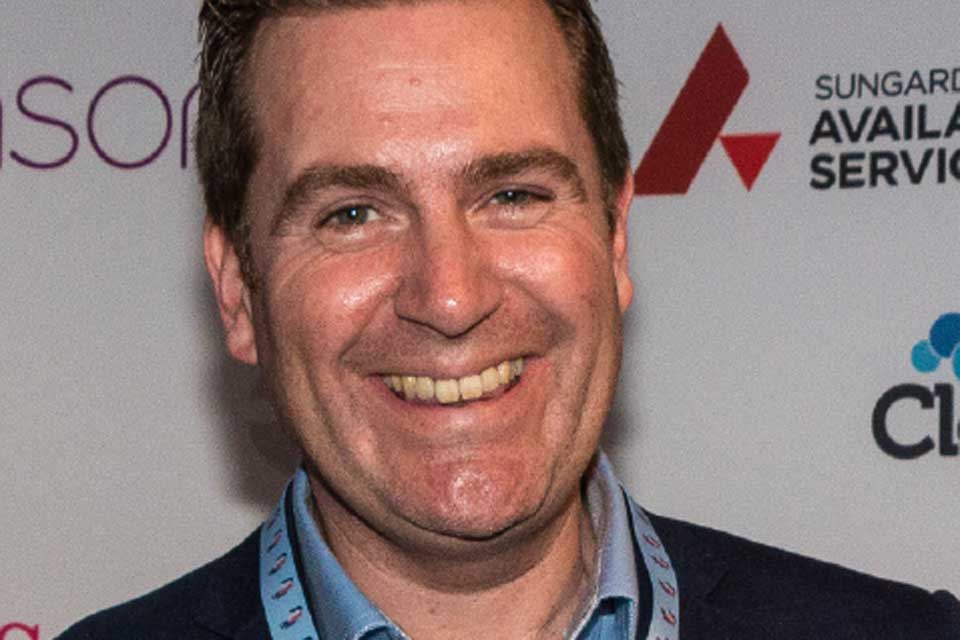WEBINAR: Hyper-personalisation in financial services
https://contactcentresummit.co.uk/wp-content/uploads/2021/05/Puzzel-May-18th.jpg 960 640 Stuart O'Brien Stuart O'Brien https://secure.gravatar.com/avatar/81af0597d5c9bfe2231f1397b411745a?s=96&d=mm&r=g21.05.2021
12:00 – 13:00 BST / 13:00 – 14:00 CET
Click Here To Register
Technology is changing the way people manage their money. Fintechs are disrupting the market with innovative new services that have raised the bar for seamless digital banking, accounting and insurance. But incumbent firms are now keeping pace, undergoing ambitious digital transformations in a rapid bid to retain customers.
In this highly competitive market, customer service has become the key differentiator. Customers are choosing the firms that can put their needs front and centre, who understand what they want and can tailor their products and support to match.
In Puzzel’s upcoming webinar, discover how you can transform your customer service and deliver hyper-personalised support with the latest CCaaS technology. Quick to set-up and easy to deploy, a cloud contact centre solution can help you capture the right customer data and leverage AI to deliver standout service without placing any extra strain on your agents.




